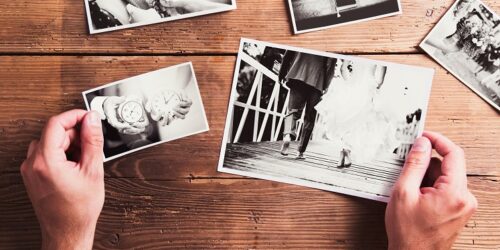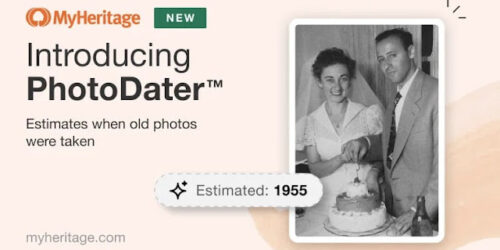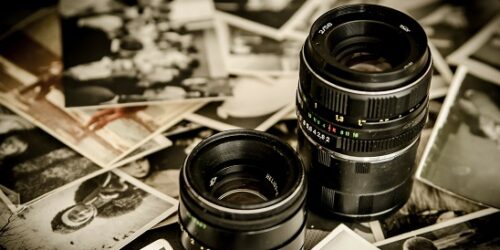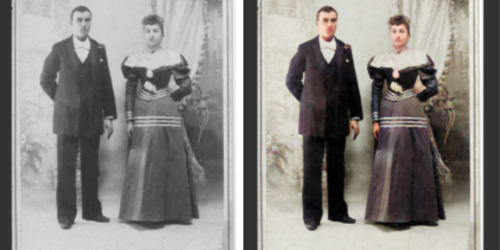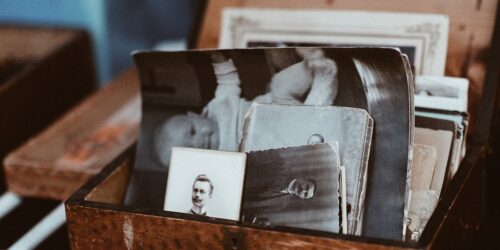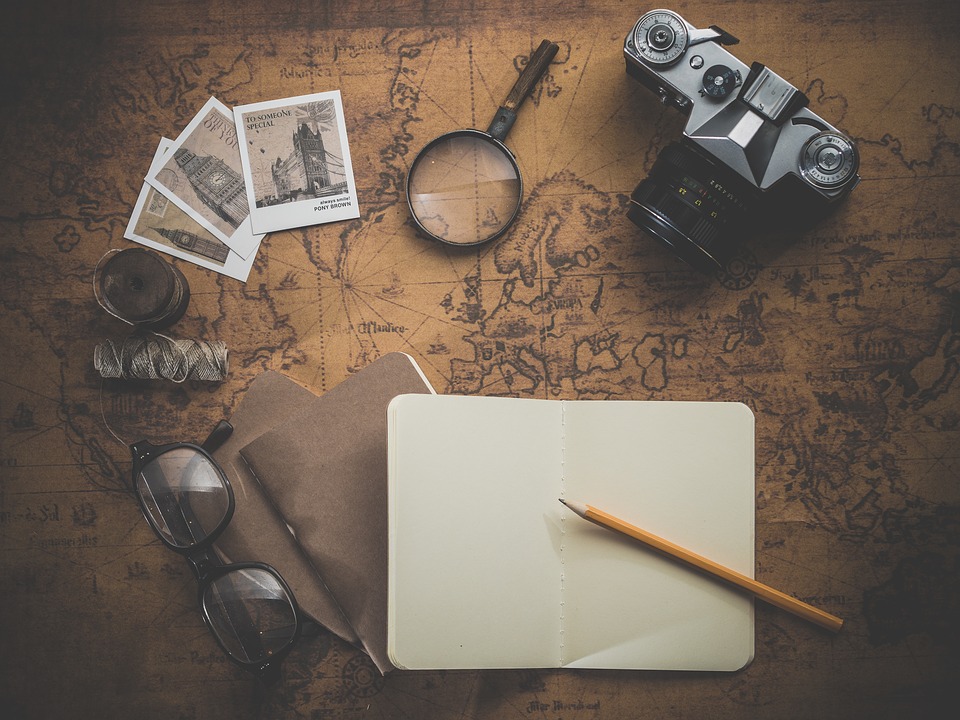Researching with Photographs
Shortly before my mother passed away, she gave me a large box of family photos and documents to take care of. 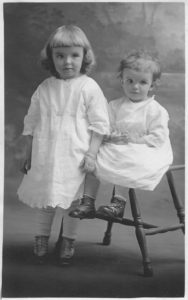 While I recognized most of the people in the photos, many of the pictures were new to me, and I was fascinated by the history they unfolded. The accompanying documents were just as much a treat, as there were stories, journal entries, and letters that had sat dormant for years, waiting to be shared. Memories of life in Northern Mexico and Southern California came to life, in a personal and colorful way. (By the way, that’s my mother on the left in the photo, with my aunt on the right.)
While I recognized most of the people in the photos, many of the pictures were new to me, and I was fascinated by the history they unfolded. The accompanying documents were just as much a treat, as there were stories, journal entries, and letters that had sat dormant for years, waiting to be shared. Memories of life in Northern Mexico and Southern California came to life, in a personal and colorful way. (By the way, that’s my mother on the left in the photo, with my aunt on the right.)
These memories were captured in the era before social media and the internet, so they were not widely shared. That was about to change. I spent hours scanning the photos and documents from the box and then uploaded the digital files to FamilySearch Memories. (In retrospect, I could have saved a lot of time by using a high-speed scanner, but there was something magical about handling each item on its own and absorbing its own personal story.)
Collaboration
Sharing the items from the box on FamilySearch had some interesting results: people starting contacting me about the photos—not only to express thanks, but to share their own related photos and stories. As I found out, this is a great way to widen your circle of research. I even met a few relatives online who were new to me!
You can also find a number of helpful collaboration tips for research in Project 6, Goal 3 of The Family History Guide.
Photo Research with The Family History Guide
Question: What other ways can photos help us in family history research? Answer: You’d be surprised at how many. Researchers such as Maureen Taylor, the Photo Detective, have written extensively on how to find historical clues in photos. While some of the clues are subtle, many of them are easy to see—we just haven’t thought about them in that way.
In The Family History Guide, Project 4: Discover has a wealth of research advice. To find tips for using photographs for research, go to Goal 7, Choice F. Below is a partial screen shot of what you will see there (the links work in the actual web page but not in this screen shot).
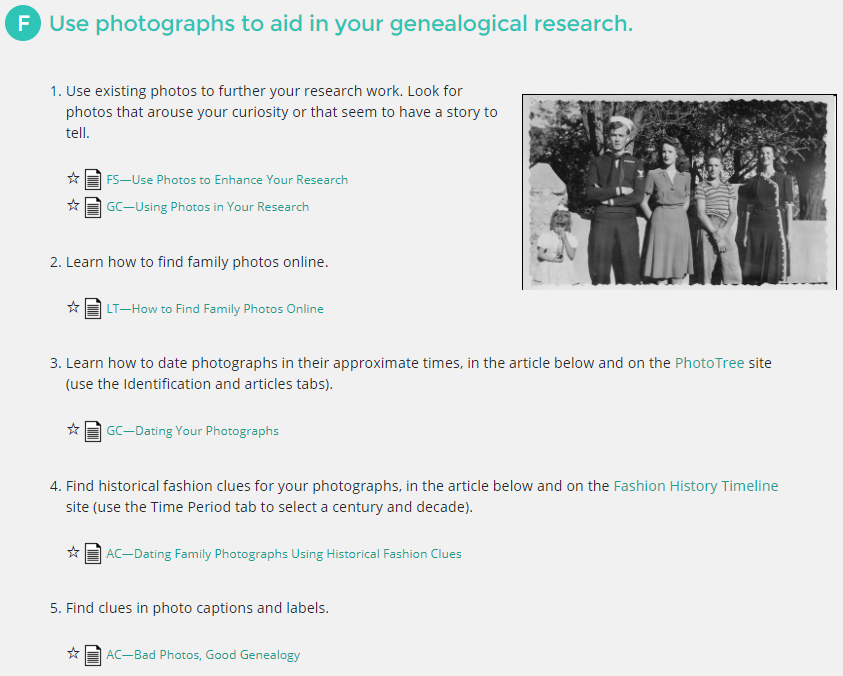
You’ll learn how to find photos online, date them with reasonable accuracy, and even pick up historical clues from fashion and other objects in the photos. Additionally, this Choice in The Family History Guide helps you find info in photo captions and labels, and how to spot other clues about your ancestors’ lives from their photos.
So … find some family photos and get started. You’ll find tips on gathering photos and documents in Project 2: Memories. The rewards could be greater than you imagine! And if you are looking for tips on how to improve your own digital photography, or just some interesting facts about photos, check out James Tanner’s Genealogy’s Star blog site.
